The Art of Double Ikat: Unveiling the Intricate World of Patola Weaving

Double ikat weaving, a time-honored tradition, is a testament to human creativity and skill. This intricate technique, known for its mesmerizing geometric patterns, is particularly celebrated in the production of Patola sarees, a prized possession in India. Let's delve into the fascinating world of double ikat weaving, exploring its intricate processes, traditional tools, and the invaluable role of family-run businesses in preserving this cultural heritage.
The Double Ikat Technique: A Symphony of Threads
The essence of double ikat lies in resist dyeing both the warp and weft threads before weaving. This process involves meticulously tying and dyeing sections of the threads to create a pattern. The threads are then woven together, resulting in a captivating tapestry of intricate designs that appear to float across the fabric. The beauty of double ikat lies in its complexity. Imagine weaving a picture with threads that are already patterned, making it a true marvel of textile artistry.
Traditional Looms: The Heart of the Craft
The traditional handlooms used in double ikat weaving are a testament to the ingenuity of the artisans. These sturdy structures, often made from wood, are carefully crafted to withstand the rigors of weaving intricate patterns. The loom consists of several key components:
- Warp Beam: This beam holds the warp threads, which run lengthwise along the loom.
- Healds: These frames with strings attached are used to raise and lower warp threads, creating the interlacing pattern.
- Reed: This comb-like structure separates the warp threads, ensuring a consistent weave.
- Shuttle: This device carries the weft thread, which is passed back and forth through the warp threads.
- Foot Treadles: These pedals are used to manipulate the healds, controlling the weave.
The Role of Family-Run Businesses in Patola Weaving
The legacy of Patola weaving is intricately intertwined with the dedication of family-run businesses. For generations, families have passed down the secrets of this craft, nurturing the skills and knowledge required to produce these exquisite fabrics. The expertise of each family is often reflected in the unique patterns and designs they specialize in, creating a vibrant tapestry of traditions. The familial bond, the dedication to quality, and the passion for preserving the art form are what make these businesses so special.
The Enduring Legacy of Double Ikat
Double ikat weaving is more than just a craft; it's a cultural legacy, a testament to the enduring spirit of artistry and tradition. The intricate patterns, the masterful craftsmanship, and the generations of families who have dedicated their lives to this art form ensure that double ikat weaving will continue to captivate and inspire for generations to come.
The Future of Double Ikat
While traditional double ikat weaving remains a vital part of the textile industry, it faces challenges in the modern world. The increasing demand for mass-produced fabrics, the competition from cheaper alternatives, and the lack of interest among younger generations threaten the survival of this art form. However, the inherent beauty and artistry of double ikat, coupled with efforts to promote and preserve this tradition, hold the promise of a vibrant future. By recognizing the value of traditional skills, promoting sustainable practices, and embracing innovation, we can ensure that the legacy of double ikat weaving continues to thrive.

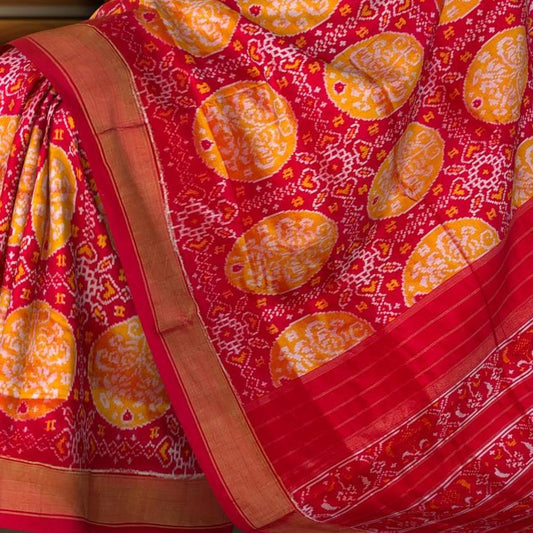
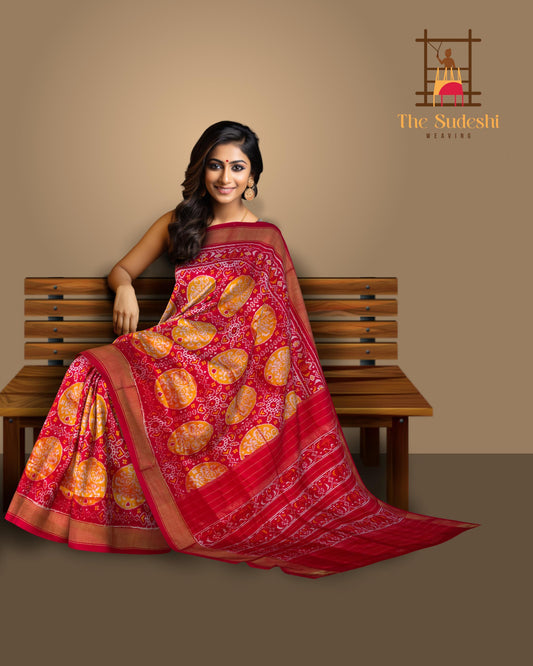
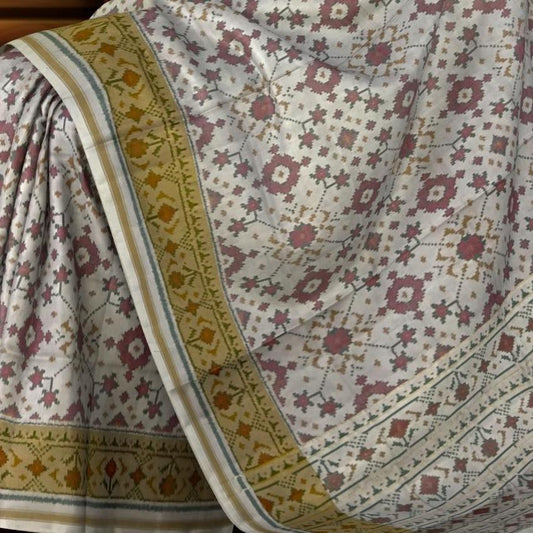
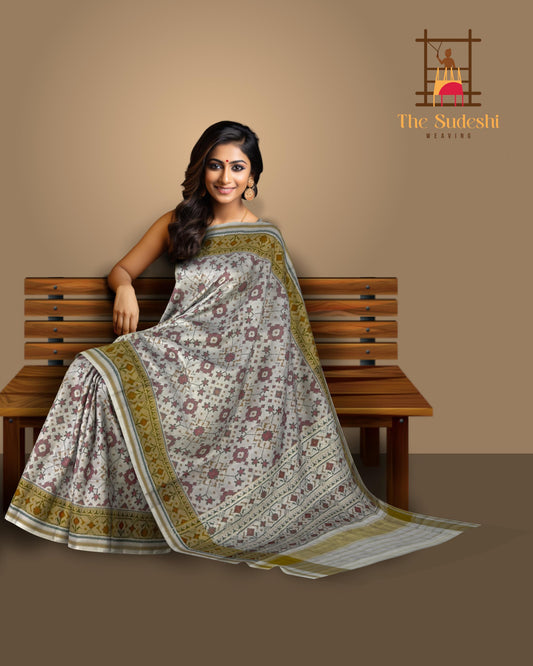
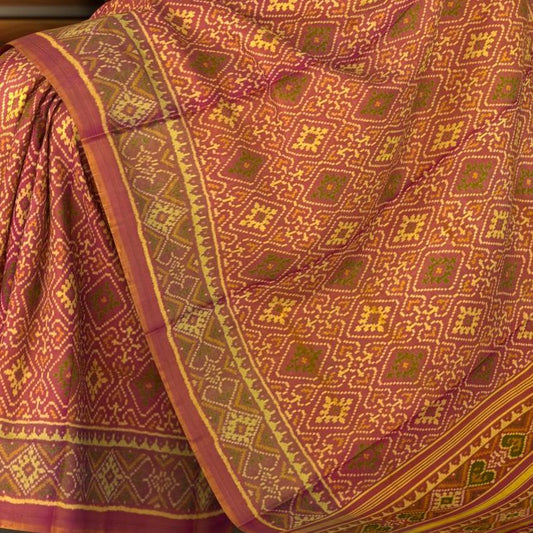
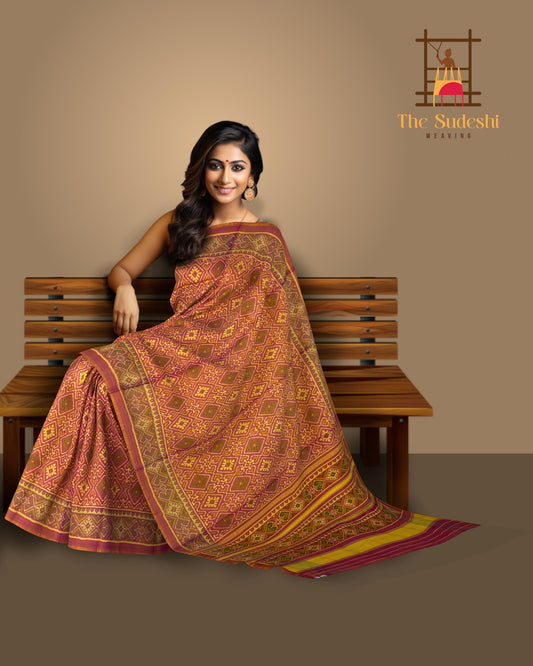
Leave a comment
Please note, comments need to be approved before they are published.